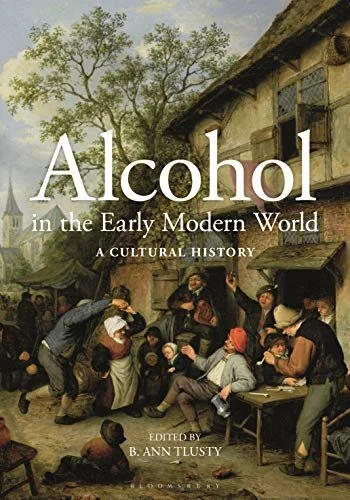B. Ann Tlusty has commissioned eight unique essays to offer a summary of current knowledge about the place of alcohol in the lives of people from the sixteenth through to the late eighteenth century. The authors are established, active scholars who, in short chapters, summarise the state of work on alcohol and consumption, production, regulation, trade, medical use, sexuality and gender, religion and representation of drink in the period. Each chapter enjoys copious citation from primary and secondary sources. There is a combined, extensive and up-to-date bibliography, valuable in and of itself since the last three decades have seen extensive research on the topics under consideration. One goal of the volume is to be global but, though a number of the authors offer information about drink in Latin America and Africa, the concentration is on Europe and especially on Germany and England. Eastern Asia gets very limited attention. The range of drinks discussed is wide, from the obvious standards of the Middle Ages (that is, beer and wine) to distilled products starting with brandy and then extending to rum and later gin, but also encompasses less commonly discussed regional drinks such as chicha, a Peruvian drink made from fermented grains, and cachaça, a distilled drink derived from sugar production popular both in Brazil and west Africa, among a number of others.
